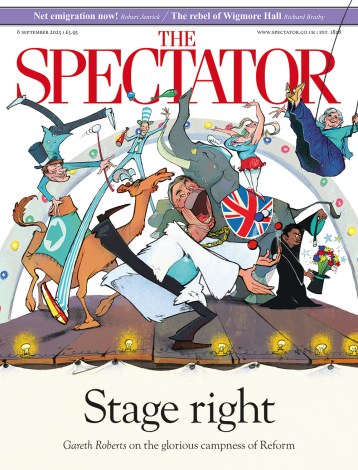The launch of the Conservative manifesto later this morning will dominate today’s headlines. But it’s worth reflecting, before the full details are released, on how we ended up with an earlier-than-expected election. In addition to ministers’ fear that the small boats figures would rise this summer – and flights to Rwanda would be grounded – there was also growing concern that the economic data wouldn’t tell the good news story they wanted to take into an autumn election. Today’s labour market update complicates that theory.
The Labour market is still cooling, but slowly. Unemployment rose again, to 4.4 per cent between February and April this year: this takes the rate to its highest point since autumn 2021, but it still sits at a historically low rate. Meanwhile job vacancies fell again – by around 12,000 on the quarter – but still sit just above 900,000, well above pre-pandemic levels.
Most importantly, wages continue to outpace inflation, with total pay (in real terms) rising by 2.2 per cent. It’s the most important metric because it’s the one the Bank of England is fixated on, as it contemplates the right time to start cutting interest rates. Somewhat controversially, the Bank insists that a wage price spiral could lead to another surge in inflation. Of course inflation outpaced wages for a year: much of what’s happening now is a correction to the huge hit workers took to their disposable income. But it’s this steady rise in wages that has largely kept the Bank hawkish on rates – having almost returned inflation to its 2 per cent target, the last thing the Monetary Policy Committee wants to see is the rate pick up pace again.
No doubt Tory MPs will be pointing to today’s wage hike news to suggest the economy has ‘turned a corner,’ as Rishi Sunak likes to say. But today’s update is also consistent enough – more cooling, no wage surge – that it should allow for the Bank to stick to its plan to start cutting rates this summer, either at its August or September meeting. This was one of the biggest trade-offs Sunak made when he called an early election: forgoing one (or two) rate cuts before election day. While it’s possible that the Bank would have continued to hold off on starting the rate-cutting process, the latest data suggests that is an unlikely outcome. Even if there were just one before an election, the Prime Minister could have claimed that the process had started under a Tory government. Now it’s up in the air which party will get credit for the reversal. Based on current polling, it may not be Sunak after all.
There is more difficult news for the Tories in this morning’s update: the number of working-age people out of the workforce due to long-term sickness now is once again at record-high levels: totalling 2.83 million people. This remains one of the biggest consequences of lockdowns (and severely limiting treatment and access to the NHS during those times). The number of people out of work for long-term sickness has increased since then by over 700,000, contributing to the 5.6 million people who now find themselves on some type of out-of-work benefit.
The Tories are expected to unveil £12 billion worth of welfare cuts in a bid to get people back to work. Using such a blunt tool is something of an admission that attempts to reverse this out-of-work trend have failed over the past few years. It also draws attention to how high these numbers have risen in the last Tory government, and reminds the public that furlough (which Sunak has been eager to speak about since the election campaign began) was not without its consequences.
Join Fraser Nelson, Katy Balls and Kate Andrews for a post-election live recording of Coffee House Shots in Westminster, Thu 11 July. Bar opens 6.30pm, recording starts 7.15pm







Comments